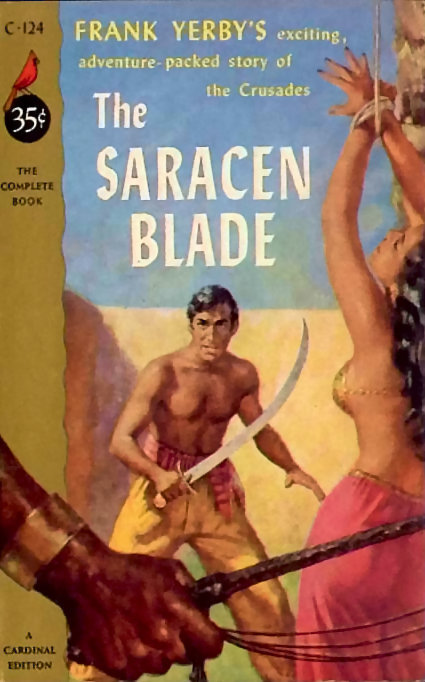#frank yerby
Text
Writing a novel is like building a wall brick by brick; only amateurs believe in inspiration.
Frank Yerby
#frank yerby#yerby#quotes#philosophy#wisdom#life#literature#writer#books#psychology#write#art#artist#idea#ideas#writing#inspiration#discipline
39 notes
·
View notes
Text

Lucy Craft Laney (April 13, 1854 - October 23, 1923) educator, school founder, and civil rights activist was born in Macon, Georgia to free parents Louisa and David Laney. David Laney, a Presbyterian minister and skilled carpenter, had purchased his freedom approximately twenty years before her birth. He purchased Louisa’s freedom after they were married. She learned to read and write by the age of four, and by the time she was twelve, she was able to translate difficult passages in Latin, including Julius Caesar’s Commentaries on the Gallic War.
She joined Atlanta University’s first class, she graduated from the teacher’s training program. After teaching for ten years in Macon, Savannah, Milledgeville, and Augusta, she opened her school in the basement of Christ Presbyterian Church in Augusta in 1883. Originally intended only for girls, when several boys appeared, she accepted them as pupils as well. By the end of the second year, over 200 African American children were pupils at her school. Three years after the founding of the school, the state-licensed it as Haines Normal and Industrial Institute. The school was named after Francine E.H. Haines, a lifetime benefactor of the school who donated $10,000 to establish the institute. In the 1890s, the Haines Institute was the first school to offer a kindergarten class for African American children in Georgia. By 1912 it employed thirty-four teachers and had over nine hundred students enrolled. The most prominent graduate of Haines Institute was Frank Yerby, the noted author.
She helped to found the Augusta branch of the NAACP. She was active in the Interracial Commission, the National Association of Colored Women, and the Niagara Movement. She helped to integrate the community work of the YMCA and YWCA. She served as the director of the cultural center for Augusta’s African American community.
She was one of the first African Americans to have her portrait displayed in the Georgia state capital in Atlanta. #africanhistory365 #africanexcellence
8 notes
·
View notes
Text

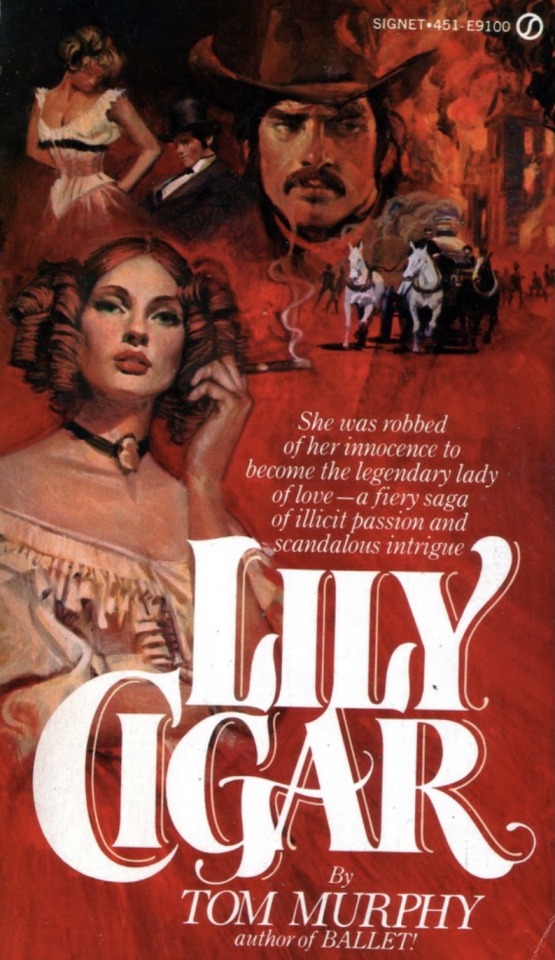




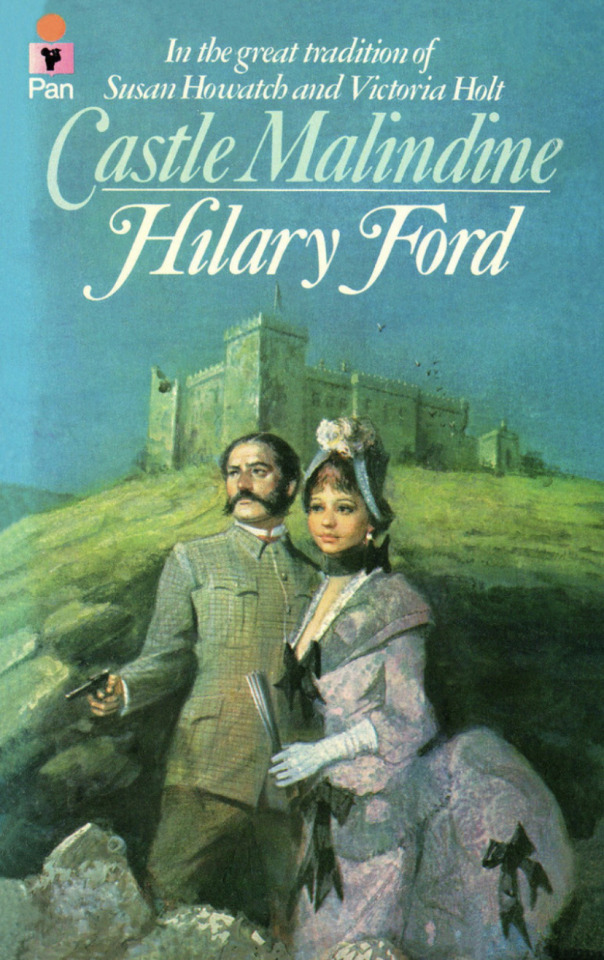
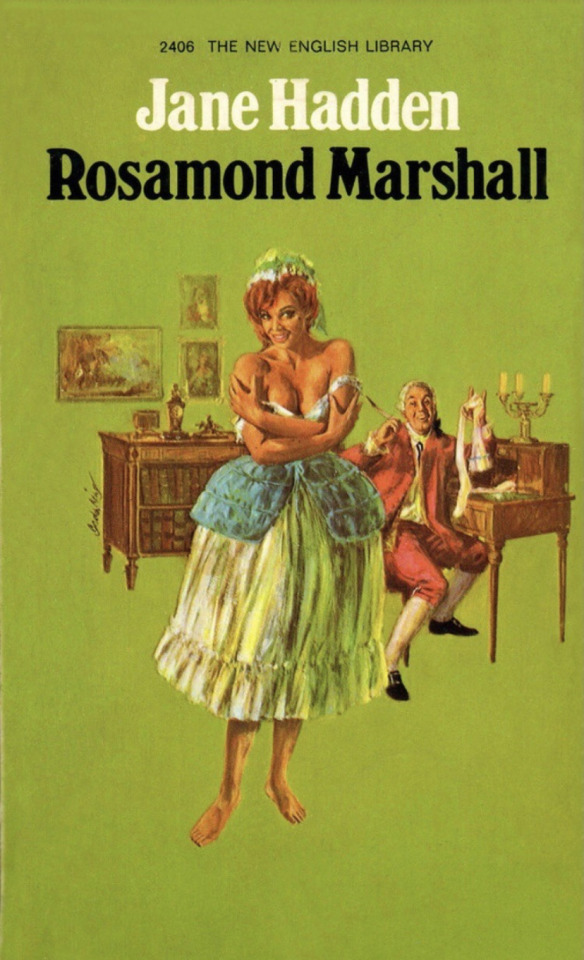
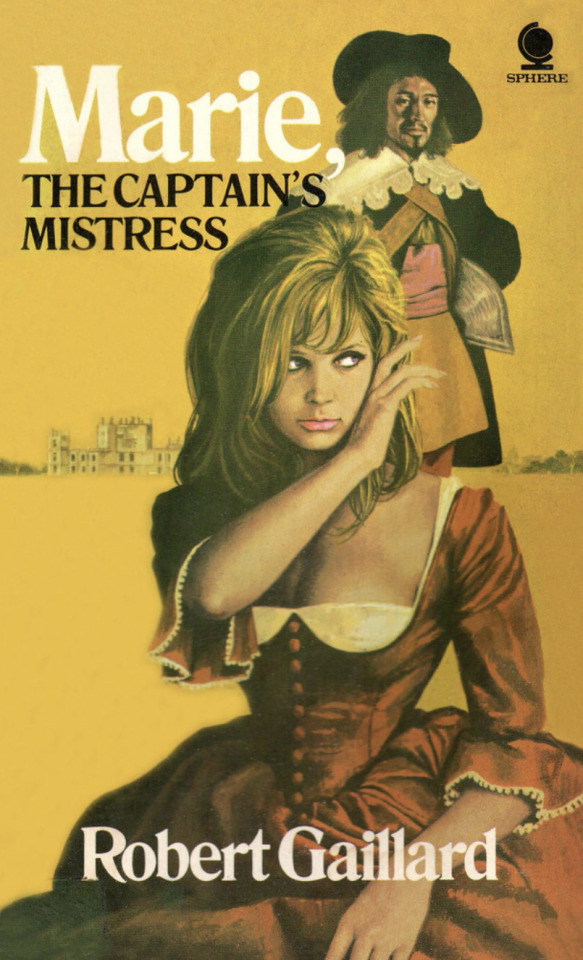
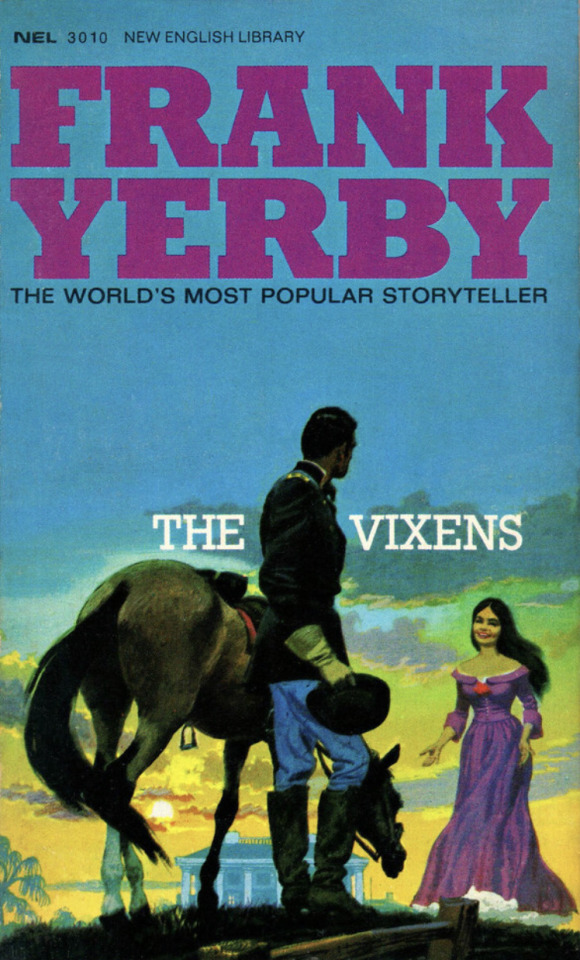
Some favorite paperback covers.
Moonstruck Madness by Laurie McBain. (1977) Artwork by Tom Hall.
Lily Cigar by Tom Murphy. (1979)
The Devil on Horseback by Victoria Holt. (1977)
Ramage by Dudley Pope. (1967)
The Wind That Shakes the Barley by James Burke. Artwork by Renato Fratini.
Ragtime by E.L. Doctorow. (1976) Artwork by Paul Bacon.
Castle Malindine by Hilary Ford. (1977)
Jane Hadden by Rosamond Marshall. (1969) Artwork by Gordon King.
Marie, the Captain’s Mistress by Robert Gaillard. (1971) Artwork by Barbara Walton.
The Vixens by Frank Yerby. (1971)
200 notes
·
View notes
Text
“ Invece di seguire il programma di austerità del suo predecessore Hoover, il presidente del New Deal, come ha notato Barbara Spinelli su «la Repubblica», «aumentò ancor più le spese federali. Investì enormemente sulla cultura, la scuola, la lotta alla povertà». Purtroppo, aggiunge la Spinelli, «non c’è leader in Europa che possegga, oggi, quella volontà di guardare nelle pieghe del proprio continente e correggersi. Non sapere che la storia è tragica, oggi, è privare di catarsi e l’Italia, e l’Europa».
Già: addirittura una «catarsi». Ma è proprio quello che ci vorrebbe. Roosevelt, infatti, non mise solo i disoccupati a scavare buche e a riempirle, come tanto spesso si dice. Tre dei più importanti progetti della Works Progress Administration, i più singolari, innovativi e duraturi, furono quelli compresi nel cosiddetto Progetto Federale numero 1, altrimenti noto come Federal One, che sponsorizzò per la prima volta piani di lavoro per insegnanti, scrittori, artisti, musicisti e attori disoccupati. Il Federal Writers’ Project, il Federal Theatre Project e il Federal Art Project misero al lavoro per qualche anno più di ventimila knowledge workers (come li chiameremmo oggi), tra i quali c’erano Richard Wright, Ralph Ellison, Nelson Algren, Frank Yerby, Saul Bellow, John A. Lomax, Arthur Miller, Orson Welles, Sinclair Lewis, Clifford Odets, Lillian Hellman, Lee Strasberg (il fondatore del mitico Actors Studio) ed Elia Kazan.
Non si trattò di elemosina: checché. Oltre a produrre opere d’arte (migliaia di manifesti, disegni, murales, sculture, pitture, incisioni...), gli artisti plastici e figurativi vennero impiegati nella formazione artistica e nella catalogazione dei beni culturali, e crearono e resero vivi anche un centinaio di community art centres e di gallerie in luoghi e regioni in cui l’arte era completamente sconosciuta. In tre anni, nella sola New York, più di dodici milioni (12.000.000!) di persone assistettero agli spettacoli teatrali incentivati dal Federal Theatre Project. Quanto al Writers’ Project, che costò ventisette milioni di dollari in quattro anni, produsse centinaia di libri e opuscoli, registrò storie di vita di migliaia di persone che non avevano voce e le classificò in raccolte etnografiche regionali, ma soprattutto, con le American Guide Series, contribuì a ridare forma all’identità nazionale degli Stati Uniti, che la Grande Depressione aveva profondamente minato, fondandola su ideali più inclusivi, democratici ed egualitari. E scusate se è poco.
Tuttavia anche lì, e anche allora, non mancavano i sostenitori dell’idea che la cultura è un lusso e, soprattutto, un lusso di sinistra. Dal maggio del 1938, sotto la guida di due «illuminati statisti» come Martin Dies e J. Parnell Thomas, la Commissione della Camera contro le attività antiamericane non smise di accusare i tre progetti di essere al soldo di Mosca e non si arrese fino a quando non furono fermati. Poi, venne la guerra e molti sogni si infransero. Ma intanto, con quel solido lavoro culturale alle spalle, le fondamenta di una nuova consapevolezza di sé e di una nuova idea di futuro erano comunque gettate. E da lì, dall’idea di fondo della necessità dell’intervento statale per vivificare la cultura e modificare così la specializzazione produttiva di un Paese, partirà, già durante la guerra, un altro liberale illuminato, Vannevar Bush, consigliere di Roosevelt, per elaborare il famoso rapporto Science: the Endless Frontier, che rappresenta un po’ il manifesto della politica culturale e scientifica – e a ben vedere anche economica – che avrebbero seguito gli Stati Uniti nei successivi decenni fino a Barack Obama. “
Bruno Arpaia e Pietro Greco, La cultura si mangia, Guanda (collana Le Fenici Rosse), 2013¹ [Libro elettronico]
#Bruno Arpaia#Pietro Greco#La cultura si mangia#saggistica#intellettuali italiani#economia#Giulio Tremonti#la Repubblica#Franklin Delano Roosevelt#New Deal#Barbara Spinelli#FDR#knowledge workers#Italia#Europa#disoccupazione#XX sec#Works Progress Administration#Storia del '900#Federal One#Federal Writers’ Project#Federal Theatre Project#America#Commissione contro le attività antiamericane#Saul Bellow#Federal Art Project#Arthur Miller#Orson Welles#Elia Kazan#Sinclair Lewis
21 notes
·
View notes
Text
I read a lot, eclectically; my favorite writers included Euripides, Faulkner, Poe, Margaret Mitchell, Lorca, Melville, Jeffers, Hawthorne, Camus, Milton, Ben Ames Williams, Dickens, Emily Brontë, Nietzsche, Dostoyevsky, Chekhov, Donne, Gide, Henry Ballamann, Giraudoux, Pope, Djuna Barnes, Tennessee Williams, Proust, Joyce, Frank Yerby, Dos Passos, Thomas Wolfe, Capote, Mailer, James Jones, Henry James, Gertrude Stein, Beckett, Farrell, Nabokov, Kathleen Winsor, Swift.
— John Rechy, City of Night
2 notes
·
View notes
Photo
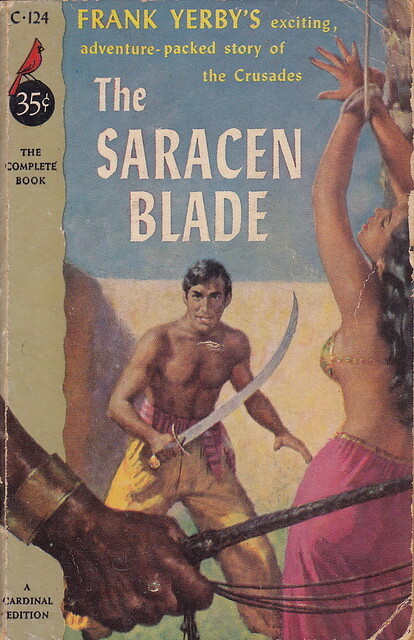
The Saracen Blade by Frank Yerby (Cardinal, 1953)
16 notes
·
View notes
Text

Alredered Remembers American novelist, Frank Garvin Yerby, on his birthday.
0 notes
Text

An Odor of Sanctity (1965), de Frank Yerby
Um romance que sublinha a diversidade da Espanha medieval e descreve mais de um milénio de migrações de povos da Europa continental e do norte de África para a região.
0 notes
Photo

Literary history that happened on 5 September
#september 5#literary history#literary#history#literature#on this date#victor hugo#arthur koestler#frank yerby#sinclair lewis
265 notes
·
View notes
Photo

Breaking Bad S04E01 (Box Cutter)
Book title
Jane Austen in Boca (2002) by Paula Marantz Cohen
Floodtide (1951) by Frank Yerby
The Magnificent Activist: The Writings of Thomas Wentworth Higginson (2000), edited by Howard N. Meyer
The Waverley Novels (1814) by Sir Walter Scott
#breaking bad#english literature#walter scott#waverley novels#box cutter#breaking bad season 4#jane austen in boca#paula marantz cohen#floodtide#frank yerby#the magnificent activist#thomas wentworth higginson#howard n. meyer#books in tv shows
16 notes
·
View notes
Photo

Frank Garvin Yerby (September 5, 1916 – November 29, 1991) was a writer, known for his novel The Foxes of Harrow. He was born in Augusta, Georgia. His parents were Wilhelmina and Rufus Yerby, both of whom were of mixed race. His DNA testing would reveal that he was African American, White, and Native American. He grew up in Augusta and attended two local institutions. He graduated from Haines Institute. Four years later he earned a second degree from Paine College. The following year he entered Fisk University in Nashville where he earned a MA. He began studies toward a doctorate in English from the University of Chicago but dropped out. He taught at FAMU and Southern University. He would find work in Dearborn, Michigan as a technician at the Ford Motor Company. He then migrated to Valley Stream, New York where he worked for Ranger Aircraft, located in Jamaica. He gained success as an author. His story “Health Card” won the O. Henry Memorial Award for the best first published short story of the year. His first novel, The Foxes of Harrow, received critical acclaim. He would write more than thirty novels over his career. His best-known novel, The Dahomean, appeared in 1971. His publications sold more than fifty-five million hardback and paperback books worldwide, making him one of the most commercially successful writers of the 20th Century. His novels often focused on strong male heroes and often included characters of various ethnic backgrounds. His complex storylines, known for their acute sense of history, were enmeshed in romantic intrigue and violence which seemed to enhance their popularity. Despite his commercial success, he was the target of criticism by African American literary critics and activists who charged that his work did not address African America. He was the first best-selling African American novelist. He renounced his American citizenship and lived abroad for the rest of his life. He was a member of Alpha Phi Alpha Fraternity. He married Flora Helen Claire Williams in 1941, divorced in 1956, and they had four children. #africanhistory365 #africanexcellence #alphaphialpha https://www.instagram.com/p/CiH6z4AOjtvtIFGNogf-l76MMnZXoqTuoF0vPA0/?igshid=NGJjMDIxMWI=
0 notes
Text
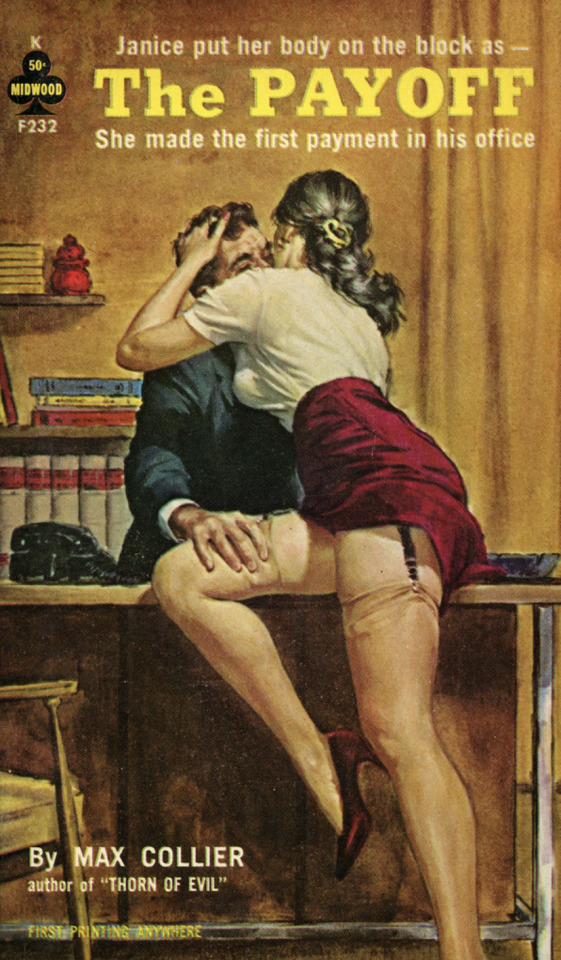





The Payoff by Max Collier. (1963)
Sherri by Max Collier. (1964)
Male Virgin by John B. Thompson. (1965)
Dead Game by Michael Avallone (1955) Artwork by James Meese.
Jet Set Switch by John Dexter. (1966)
Garfield Honor by Frank Yerby. (1962)
70 notes
·
View notes
Text
I read a lot, eclectically; my favorite writers included Euripides, Faulkner, Poe, Margaret Mitchell, Lorca, Melville, Jeffers, Hawthorne, Camus, Milton, Ben Ames Williams, Dickens, Emily Brontë, Nietzsche, Dostoyevsky, Chekhov, Donne, Gide, Henry Ballamann, Giraudoux, Pope, Djuna Barnes, Tennessee Williams, Proust, Joyce, Frank Yerby, Dos Passos, Thomas Wolfe, Capote, Mailer, James Jones, Henry James, Gertrude Stein, Beckett, Farrell, Nabokov, Kathleen Winsor, Swift.
— John Rechy, City of Night
1 note
·
View note
Photo

New social media page to get youngsters involved in Guernsey politics Source: ITV News Credit: 100 Ways to Make a Difference in Guernsey Facebook Page A Deputy from Guernsey has set up a new social media page to encourage young people to get involved with politics.
0 notes
